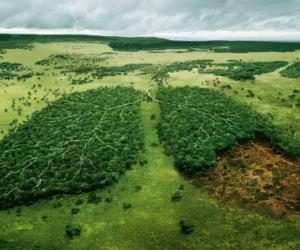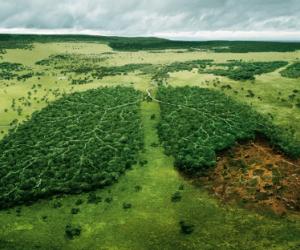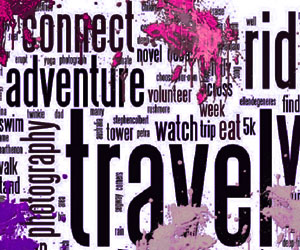
Costarican Traveler will help you complete your “bucket list”
August 14, 2021
Telling the truth: Busting the most common myths about Costa Rica
August 23, 2022
If you aren’t familiar with some of the biggest threats to Costa Rica’s ecosystem, take a read and hopefully you can help make a change for the better:
Exotic pets
This is one of the most senseless and shocking impacts on Costa Rican wildlife, yet it still stays in the shadows with a massive black-market network. The demand for exotic pets has exploded in the past decade, with plenty of blame being put on celebrity culture. Every time we see a famous person posing with their pet monkey or rare bird, we know that the demand for those types of animals will spike.
Exotic pet dealers will invade these fragile environments, trapping and capturing animals and selling them off for big money to pet owners who have no clue how to care for these animals. Often times, the trauma of being ripped from their home and family systems is too much for the animal, and they lash out and become a threat to unprepared owners.
Deforestation
While recent efforts to protect Costa Rica’s fragile forests have been greatly improved, the country’s wildlife is still reeling from the effects of decades worth of deforestation – and the current destruction of these habitats.
Half of Costa Rica’s forests are protected in national parks, and major laws and protective services have been in place since the mid-90’s, which helped slow down an alarming rate of destruction. However, the country doesn’t have the resources to enforce these laws to the fullest and corporate-owned farms continue to eradicate forest land.
The issue with deforestation is not just the trees and habitat destroyed by the clear cutting, but also the impact that has on the surrounding area. Without those forests in place erosion, flooding and the eventual decimation of the river systems follow. That has a huge impact on the animals living in and around these threatened areas. We see plenty of animals injured and displaced due to these developments and continue to work with the Costa Rican government to prevent them.
Aggressive fishing
Surround by water on both coasts, fishing is part of Costa Rican culture. However, aggressive fishing methods such as trawling have ravaged the seas around the country, destroying precious habitats for some of the most rare and endangered species on the planet.
Coral reefs have not only been bleached and poisoned due to the access chemicals and toxins in the water deposited by human developments, but have been shredding by fishing techniques like trawling – scrapping the bottom of the ocean – a catch-all method that endangers numerous species that the fishing companies aren’t after.






1 Comment
test